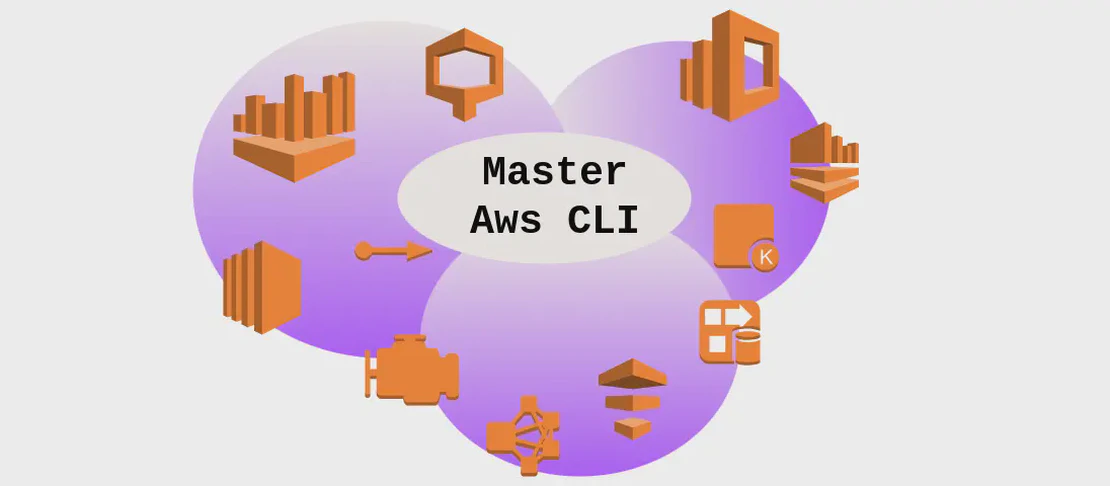
How to Use the Command 'cargo rustdoc' (with Examples)
The cargo rustdoc command is an advanced feature in the Rust programming environment, mainly used for building documentation for Rust packages. While it shares similarities with cargo doc, it distinguishes itself by allowing users to pass specific options directly to rustdoc, the documentation generator for Rust, offering a more granular level of control over the documentation generation process.
Using cargo rustdoc, developers can tailor the documentation generation to suit their needs, which can be invaluable for maintaining complex projects, ensuring documentation adheres to particular standards or addressing specific lint warnings or allowances.
Use Case 1: Pass Options to rustdoc
Code:
cargo rustdoc -- rustdoc_options
Motivation:
When generating documentation, there might be specific options you wish to pass to rustdoc to modify its behavior. This might include setting custom themes, enabling unstable features, or adjusting the output’s verbosity. Fine-tuning these options helps create documentation that is both informative and aesthetically aligned with the project’s requirements.
Explanation:
cargo rustdoc: This command initiates the process of building documentation with additional flexibility compared to the standardcargo doc.--: This signals the end ofcargooptions and the start of options to be passed torustdoc.rustdoc_options: Substitute this placeholder with the actual options you want to apply to rustdoc. This could be anything like--theme <theme>to apply a custom theme.
Example Output:
Executing this command would initiate the Rust documentation generator with your specified options, altering aspects such as themes or output specifics as per your configuration.
Use Case 2: Warn About a Documentation Lint
Code:
cargo rustdoc -- --warn rustdoc::lint_name
Motivation:
Ensuring the quality of documentation is crucial in maintaining a high standard of codebase documentation. By warning about specific documentation lint issues, this command helps highlight inconsistencies or areas that do not conform to expected standards, allowing for preemptive corrections.
Explanation:
cargo rustdoc: Begins the documentation generation process with added options.--: Separates cargo commands from rustdoc-specific commands.--warn: Directs rustdoc to raise warnings for the specified lints.rustdoc::lint_name: Replace this with the actual name of the lint you wish to monitor, such asrustdoc::invalid_html_tags.
Example Output:
A warning message might highlight, “Warning: found invalid HTML tags in documentation,” signifying where documentation improvement is necessary.
Use Case 3: Ignore a Documentation Lint
Code:
cargo rustdoc -- --allow rustdoc::lint_name
Motivation:
In some cases, you might want to intentionally ignore specific documentation lints. This could be to focus on more critical issues at hand or because you’ve decided that a particular lint rule is not applicable to your project’s documentation guidelines.
Explanation:
cargo rustdoc: Triggers the documentation process.--: Indicates where rustdoc options begin.--allow: Informs rustdoc to ignore certain lint warnings and proceed without interruption.rustdoc::lint_name: Specifies the name of the lint rule you wish to bypass.
Example Output:
The output would omit warnings corresponding to the specified lint, allowing a smoother generation process without flagging non-critical issues.
Use Case 4: Document the Package’s Library
Code:
cargo rustdoc --lib
Motivation:
Sometimes, you may only want to generate documentation for the library portion of your Rust package, without including executable binaries or test files. This is particularly useful in library-focused projects where clarity and refinement of library functionalities are prioritized.
Explanation:
cargo rustdoc: Initiates documentation construction.--lib: Specifies that only the library component of the package should be documented.
Example Output:
Generates complete and detailed documentation specifically for the library, excluding binary and test documentation output.
Use Case 5: Document the Specified Binary
Code:
cargo rustdoc --bin name
Motivation:
Targeting documentation generation for a specific binary helps maintain and keep track of functionalities unique to that application within your package. This can be vital when your package houses multiple binaries with different purposes and needs separate documentation.
Explanation:
cargo rustdoc: Starts the documentation generation process.--bin: Instructs the tool to document a designated binary.name: Replace with the actual name of the binary you wish to document.
Example Output:
Generates documentation isolated to the specified binary, providing a focused view on its specific functionalities and usage.
Use Case 6: Document the Specified Example
Code:
cargo rustdoc --example name
Motivation:
When your package includes multiple examples, tailored documentation for a single example can be beneficial for educational purposes or demonstration without overwhelming the reader with unrelated information from other examples.
Explanation:
cargo rustdoc: Commences the documentation generation.--example: Signals to document a particular example.name: Substitute with the name of the example you want documented.
Example Output:
Produces a documentation set that concentrates solely on the specified example, making it easier to understand its goals and application.
Use Case 7: Document the Specified Integration Test
Code:
cargo rustdoc --test name
Motivation:
Focusing documentation efforts on specific integration tests is crucial for understanding how different parts of the system interrelate and function together. This helps to verify that the system behaves as expected when modules are integrated.
Explanation:
cargo rustdoc: Initiates the generation of documentation.--test: This command constrains documentation to a particular integration test.name: Indicate the test to be documented.
Example Output:
Documentation that covers only the integration details of the specified test, offering insights into the interactions and outcomes expected.
Conclusion:
The cargo rustdoc command provides a flexible and powerful tool for Rust developers aiming to create precise and tailored documentation for their projects. By allowing direct customization of the rustdoc process, it grants granular control over how documentation is generated and presented, ensuring that the final output meets the project’s unique needs and standards.


